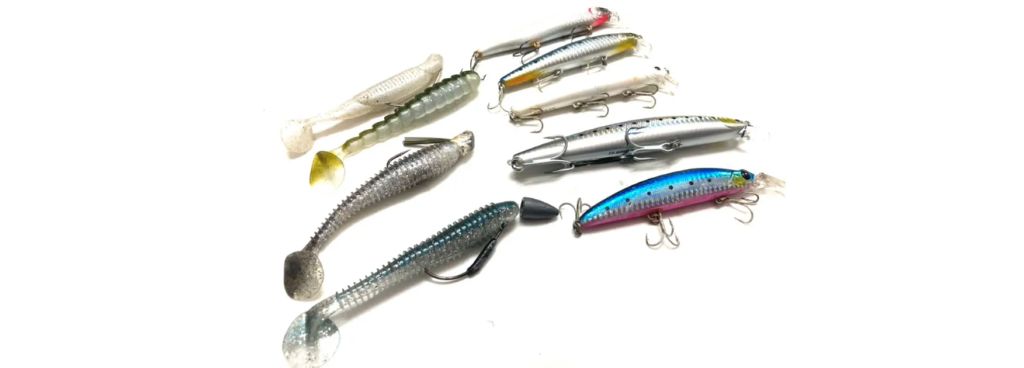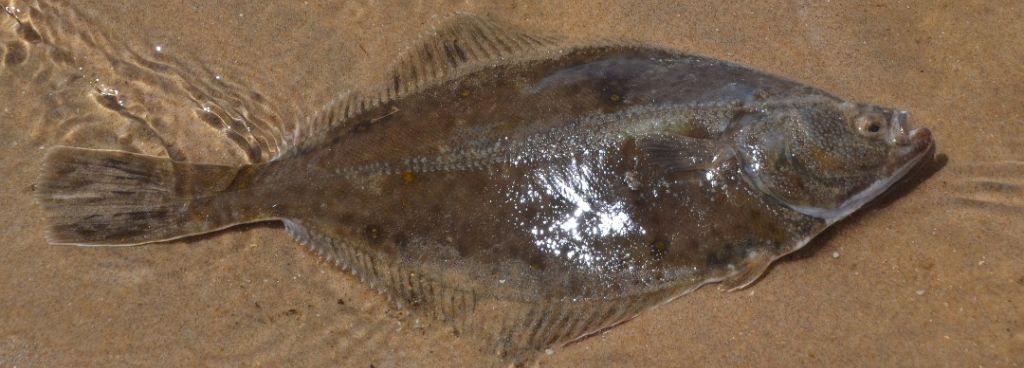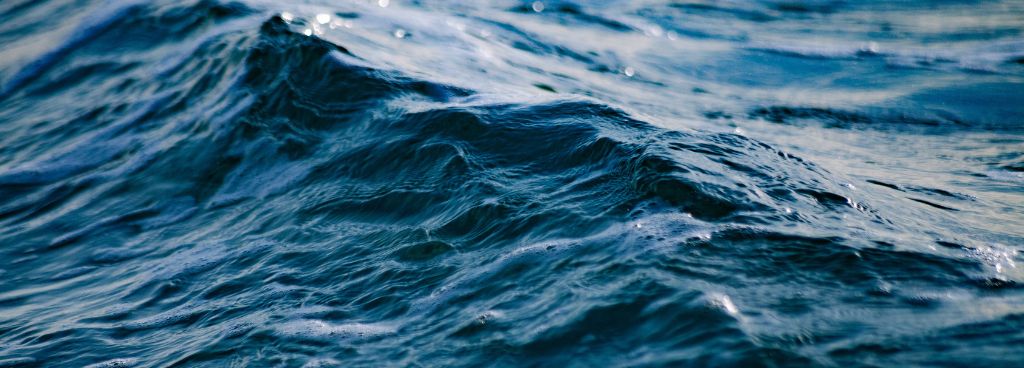Stories Worth Reeling In...
Last Updated on September 19, 2023
As a seasoned angler, you know that choosing the right bait can make all the difference when it comes to catching your target fish.
But when it comes to sole fishing, with so many different bait options available, it can be challenging to know which one to use.
In this article, we’ll help you navigate the world of sole fishing bait and share our top picks for the best bait to use.
By the end of this article, you’ll have the knowledge you need to increase your chances of a successful sole fishing trip. So, keep reading to discover the ultimate guide to choosing the best bait for sole fishing.
Table of Contents
Baits should be fished close to the seafloor because that is where the sole will be feeding. Long snoods should be avoided because they may lift off the seabed during the tidal run and be missed by the sole. Some anglers even add drilled bullet weights to the hook lengths to ensure the bait is nailed to the seafloor.
Sole fish are flatfish that are commonly found in shallow coastal waters around the world. They are bottom-dwellers that prefer sandy or muddy areas where they can hide and ambush their prey.
When it comes to their feeding habits, sole fish are opportunistic predators that will eat a wide variety of prey, including crustaceans, mollusks, small fish, and worms. They tend to be most active during low light conditions, such as early morning or late evening, and during tidal changes.
Understanding the feeding habits of sole fish is crucial for selecting the right bait. Since Sole fish like to swim at the bottom, you should use a bottom fishing rig or lure and imitate their natural prey, such as sandworms, shrimp, or small crabs, can be effective.
Additionally, using bait that is most active during the low light conditions when sole fish are feeding can also improve your chances of catching them.

When it comes to bait selection for sole fishing, there are three main types to consider: live bait, artificial lures, and bait rigs.
For catching sole fish, live bait like sandworms, bloodworms, or shrimp can be very effective. The benefit of using live bait is that it is more likely to catch the fish’s attention because it is natural and appealing to their senses. The drawback of live bait is that it can be tricky to keep alive and may need to be replaced frequently.
Jigs and soft plastic lures can also be successful artificial lures for lone fish. Artificial lures have the advantage of being reusable and customizable to mimic the precise prey that sole fish are feeding on. They can also be used in a variety of settings, such as dim lighting or murky water. The drawback of artificial lures is that they might not draw fish in as much as live bait.
Live bait or artificial lures are combined with weights and hooks to form bait rigs, such as Carolina rigs or fish finder rigs. In order to cover more ground and improve your chances of catching sole fish, you should use bait rigs. They can also be used to change the depth of the bait and the target fish at various points in the water column. The drawback of bait rigs is that they can be more difficult to set up and need additional equipment.
Sandworms on a fish finder rig, soft plastic lures on a Carolina rig, and shrimp on a jighead are a few specific examples of bait that have been successful in luring sole. It’s crucial to experiment with various types of bait to determine which one works best for the unique circumstances and environment of the fishing spot.

When selecting the best bait for sole fishing, there are several important factors that anglers should consider to increase their chances of success.
The best type of bait may depend significantly on the area where you are fishing. For instance, using bait that resembles them, such as soft shell crabs or sand crabs, can be successful if you are fishing in an area where there are lots of sand crabs.
As we already mentioned, sole fish are frequently most active when there is little light, such as early in the morning or late at night. In order to improve your chances of catching them, use bait that is most effective at those times, such as glow-in-the-dark soft plastic lures.

The feeding habits of sole fish can also be influenced by the water’s temperature. They might be less active and require a slower presentation of bait in colder water, whereas they might be more aggressive and need a faster presentation in warmer water.
The size and color of the bait, the depth at which you are fishing, and the kind of gear you are using are additional factors to take into account when choosing the best bait for sole fishing.
It’s crucial to conduct thorough research and gather details about the area, time of day, and water temperature before choosing bait for sole fishing. Additionally, experimenting with different types of bait and observing which ones are most effective can also help improve your chances of catching sole fish. Finally, paying attention to details such as the presentation and movement of the bait can make a big difference in enticing the sole fish to bite.
In summary, choosing the right bait for sole fishing requires an understanding of the feeding habits of the fish, the different types of bait available, and the factors that can influence their effectiveness. By considering these factors and applying the tips and techniques shared in this article, anglers can increase their chances of catching sole fish and have a more successful fishing experience.
Now, it’s time for you to put these tips into practice and try out different types of bait to see what works best for you. Remember, the key to success in fishing is patience, persistence, and a willingness to learn and adapt.